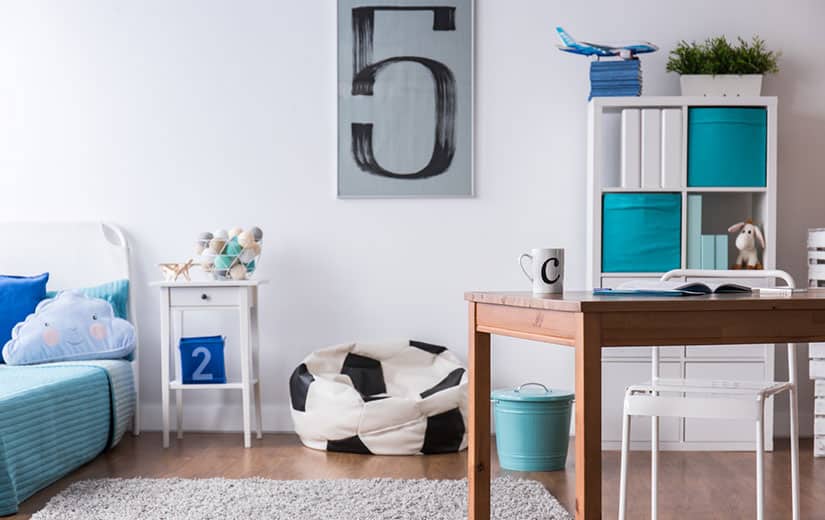Homeowners are increasingly looking to arrange part of their exterior, and in particular the terrace and the balcony, in order to take advantage of sunny days when the time comes. In recent years, trends in landscaping seem to be clearly moving towards pergola and awning. These two garden equipment both have their advantages and their particularities. So comparing them with the aim of finding a winner would therefore make no sense and would not help you make the right choice. This is the reason why we will treat, in this article, these two solutions independently to extract the essential information.
Summary
What is the awning?
The awning is a piece of garden equipment which is fixed to the facade of a dwelling and which is used mainly to protect the occupants of the premises from the sun, but also from the rain for the most popular models. Thus, using a canvas that rolls up and unrolls, the awning comes shelter part of the terrace, thus creating a shadow. The extent of the latter will be based on the size of the blind and more particularly the dimensions of the fabric which will act as the roof. The awning has several advantages:
- Unlike the veranda or the large wall-mounted pergola, the awning does not require no building permit.
- It is available in several colors and can easily be associated with different wall coverings, thus adding a certain cachet to your exterior.
- The awning protects from the sun and in particular from its UV, but it especially allows those who are placed below to benefit from more freshness. Moreover, if you place it at the level of a bay window, the heat will tend to penetrate less within your house.
- It is one of the simplest solutions when it comes to installation, even if it requires the intervention of at least two people. This is in particular due to the fact of the height at which the awning is placed.
- He can be automated using a specific motorization (wired or wireless). Thus, depending on your budget, you can opt for a version that allows you to tilt your awning or deploy the fabric depending on the weather conditions.

Different models of awnings
The awning is available in several models and adapts to all budgets. It will also be very appreciated from this point of view, because it is one of the least expensive solutions on the market.
The one-piece blind
The entry-level awning is what is more commonly called a one-piece blind. As their name suggests, these are one-piece constructed blinds with arms made of steel and a roller tube. In most cases, the awning is delivered ready to install. In addition to its price, it is compact, because no box is integrated into its structure. This will still have the disadvantage of not being able to store the canvas in case of bad weather. As a result, these blinds, although inexpensive, have a fairly limited lifespan.
The semi-box awning
This is a mid-range model, which has the advantage of integrating a box that allows the canvas to be retracted in the event of rain or wind. However, part of the structure remains outside, in particular the articulated arms.
The awning with integral box
Finally, the awning with integral box is the top of the range modele. The materials are stronger, the aesthetic side more elaborate, and the finishes more accomplished. What’s more, the canvas and the arms can fit completely into the trunk provided for this purpose. Obviously, the investment is more important, but the integrated trunk significantly lengthens its lifespan.
The pergola: a more versatile choice
In the same way as the awning, the pergola can be installed against a wall to shelter a terrace or a balcony: we then speak of back-to-back pergolas. Nevertheless, it is a much more flexible solution than the awning. It can also be installed in any place in your garden, and we then speak of a self-supporting pergola. Here again, various models exist, but the most popular are the bioclimatic pergolas whose roof is made up of aluminum blades which adapt according to the position of the sun. These can also close in the event of rain.
Also read: Why choose a composite wood deck?
Investing in a pergola rather than an awning can be explained for several reasons:
- The pergola benefits from a more solid structure. If you live in a windy region, the awning can have some disadvantages due to the lack of rigidity of the canvas, for example, especially on entry-level models. As such, it provides better stability.
- The pergola tends to evacuate the rain better thanks to its flow directed towards the front, while the awning retains more water on the canvas.
- If you want a real living space instead of a simple terrace shelter, the pergola is more recommended since it can be equipped with side panels that protect you optimally against bad weather.
SO, awning or pergola?
To conclude, you will have understood that the perfect solution does not exist. It all depends on your needs, but also on where you live. The pergola acts more like an extension of your home, where the awning is mainly used to protect the terrace or balcony from the sun.
If you want to shade a large part of your exterior and create additional living space, then the pergola will meet your desires more, but with an obvious counterpart: that of the amount to be mobilized. In this field, the awning has a clear advantage, including when you want to invest in high-end models. A pergola will cost you a few thousand euros, while an awning will only cost you a few hundred euros.
Also read: 4 tips to reduce the cost of building your house




